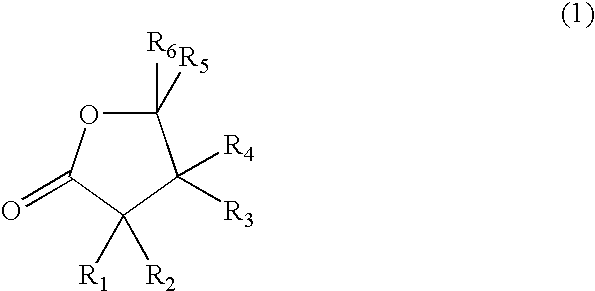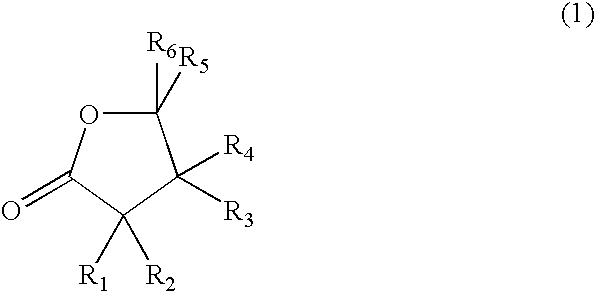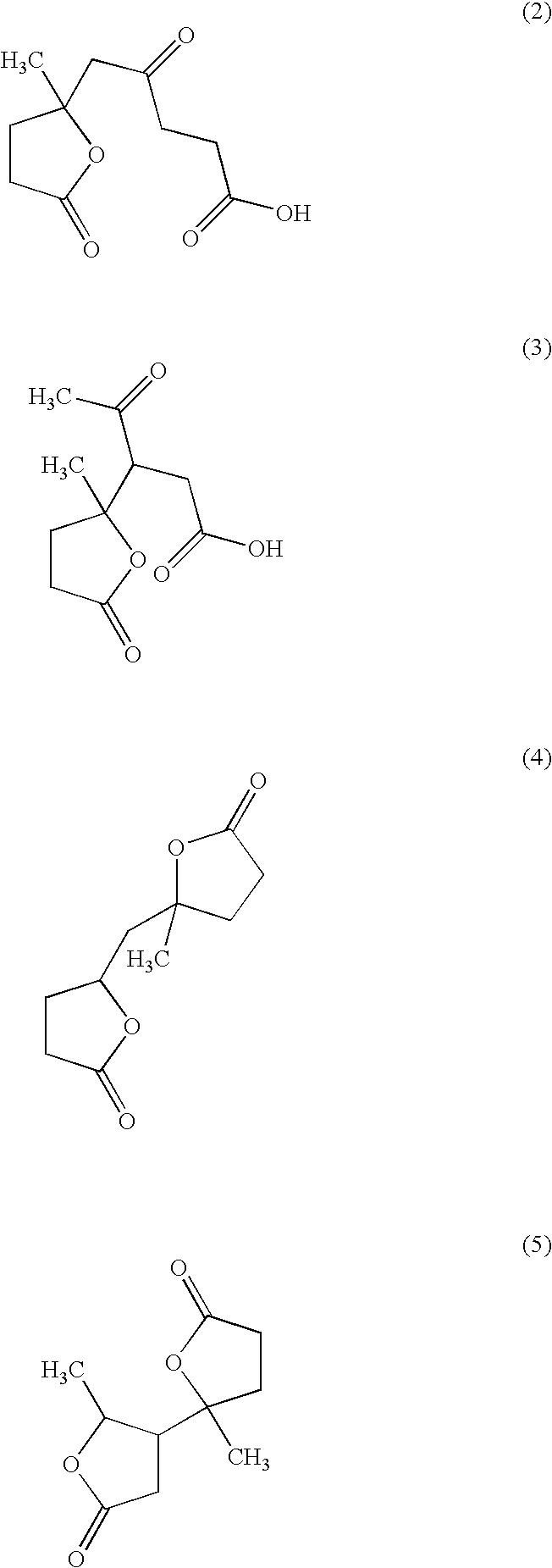Process for the liquefaction of lignocellulosic material
a technology of lignocellulosic and cellulosic material, which is applied in the preparation of organic compounds, chemical apparatus and processes, and organic chemistry. it can solve the problems of covalent linkage cleavage of cellulose, hemicellulose and lignin, and the separation of covalent linkages
- Summary
- Abstract
- Description
- Claims
- Application Information
AI Technical Summary
Benefits of technology
Problems solved by technology
Method used
Image
Examples
examples
[0041] The invention will be further illustrated by means of the following non-limiting example.
examples 1-3
[0042] 2 grams of dried birch (Betula ssp.) sawdust and 20 grams of gamma-valerolactone (γVL) and an amount of phosphoric acid (85% by weight) were loaded in a 30 ml glass flask. The flask was placed in a silicon oil bath and heated. The amount of phosphoric acid, temperature, and duration of the experiment were varied. The flasks were cooled with water to end the experiment. The percentage of residue was determined by vacuum-filtering the content of the flask, followed by washing the residue with 150 ml of acetone / water (9:1 v / v). The resulting residue was dried at 105° C. for 8 hours and weighed.
example 4
[0043] 2 grams of dried birch (Betula ssp.) sawdust, 10 grams of gamma-valerolactone, 10 grams of 1-pentanol and phosphoric acid were heated in an autoclave at a temperature of 230° C. during 16 minutes. The pressure reached 12.7 bar (absolute). The percentage of residue was determined as described above.
PUM
| Property | Measurement | Unit |
|---|---|---|
| Temperature | aaaaa | aaaaa |
| Temperature | aaaaa | aaaaa |
| Percent by mass | aaaaa | aaaaa |
Abstract
Description
Claims
Application Information
 Login to View More
Login to View More - R&D
- Intellectual Property
- Life Sciences
- Materials
- Tech Scout
- Unparalleled Data Quality
- Higher Quality Content
- 60% Fewer Hallucinations
Browse by: Latest US Patents, China's latest patents, Technical Efficacy Thesaurus, Application Domain, Technology Topic, Popular Technical Reports.
© 2025 PatSnap. All rights reserved.Legal|Privacy policy|Modern Slavery Act Transparency Statement|Sitemap|About US| Contact US: help@patsnap.com



